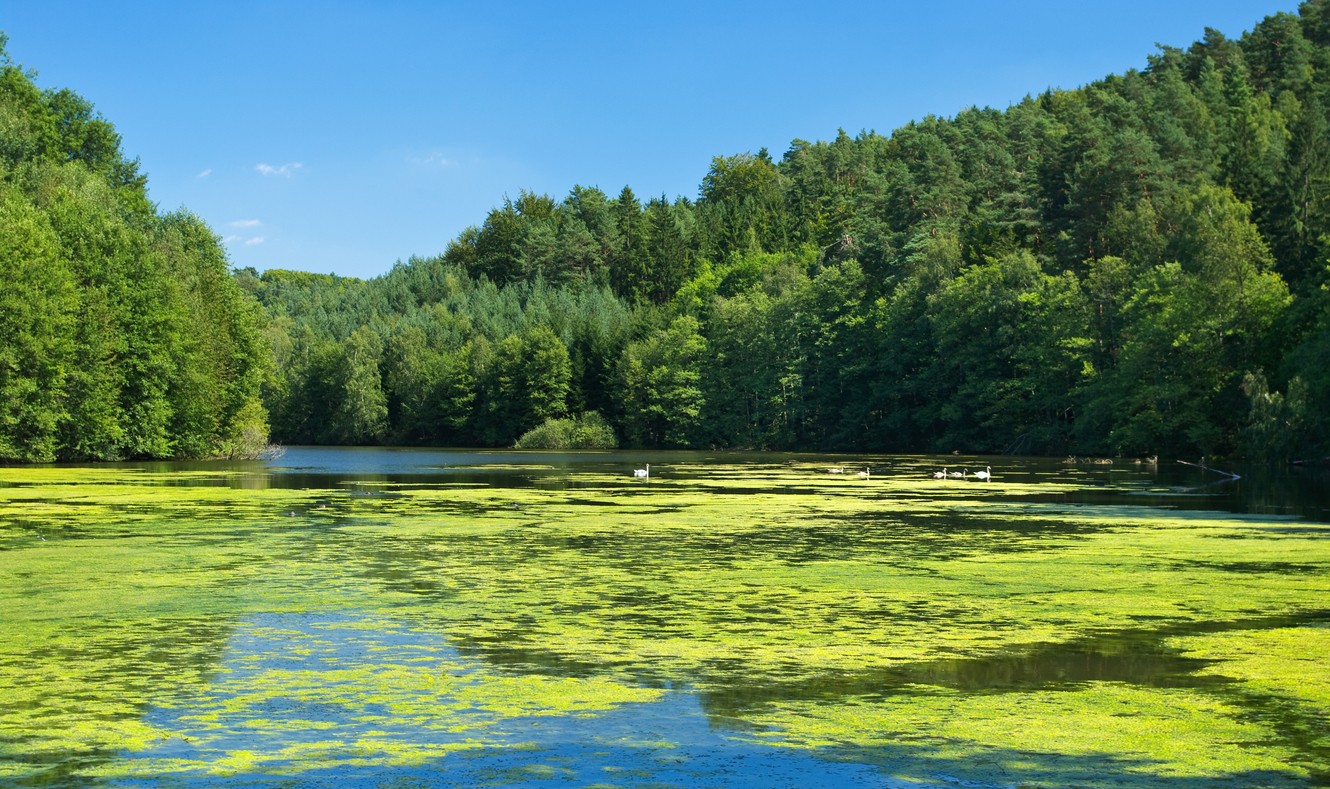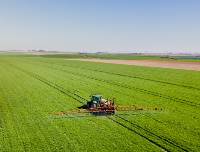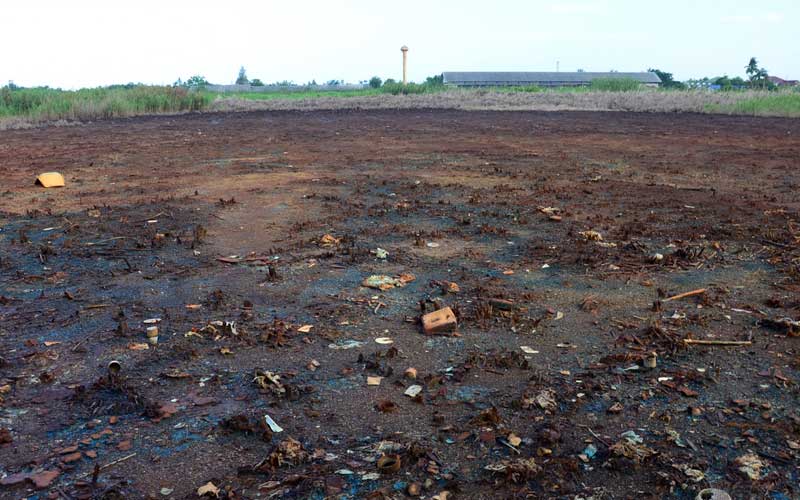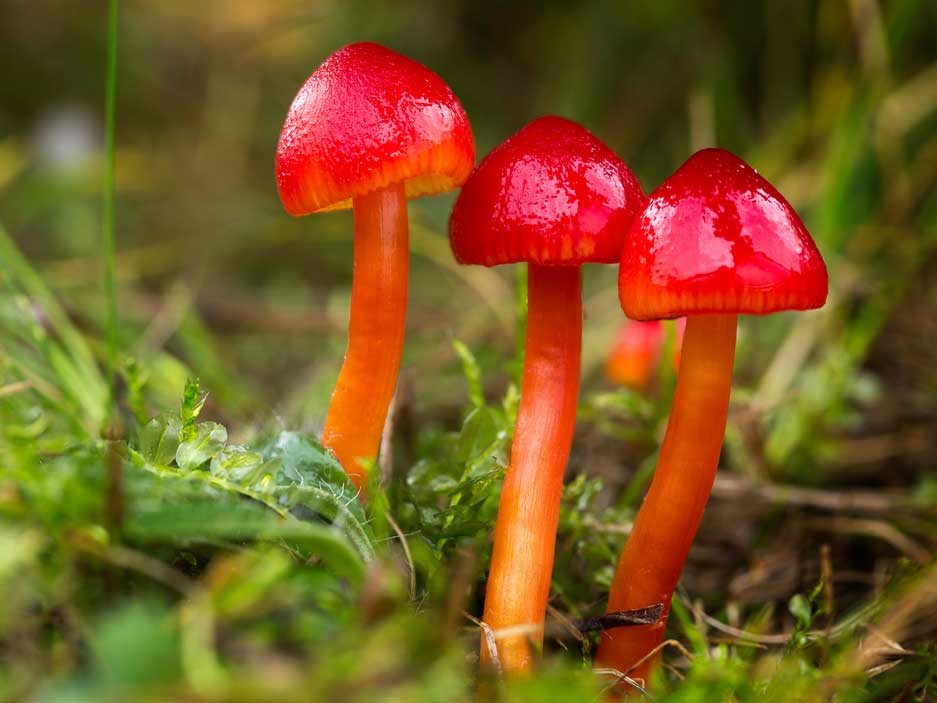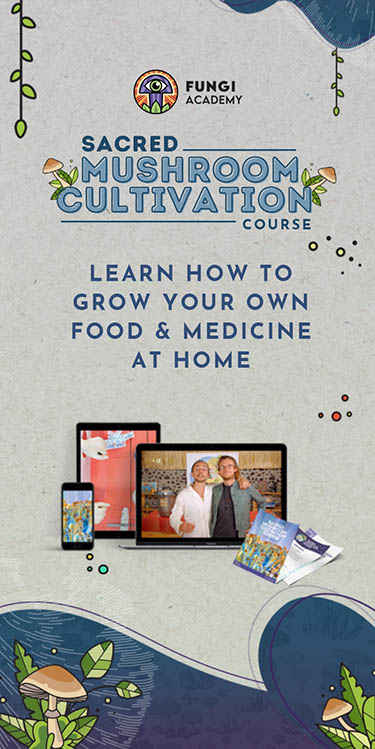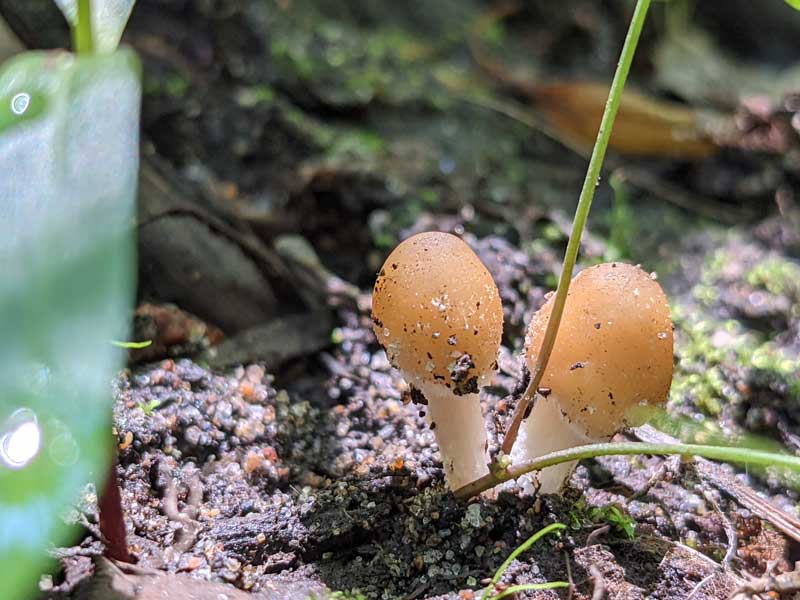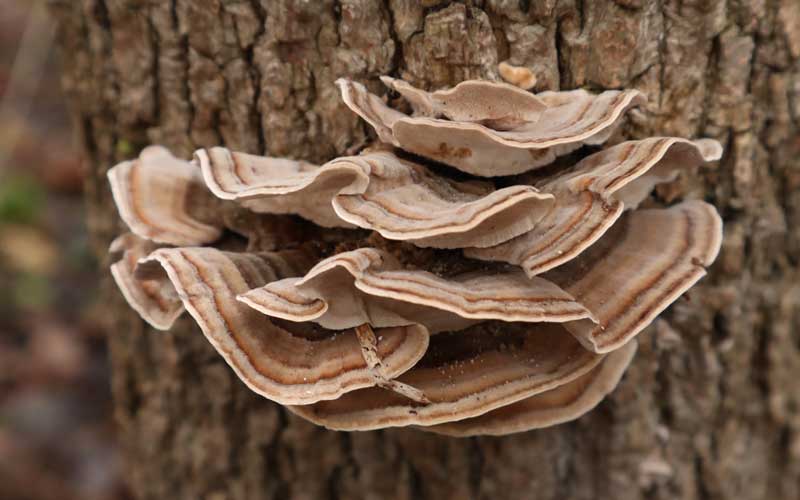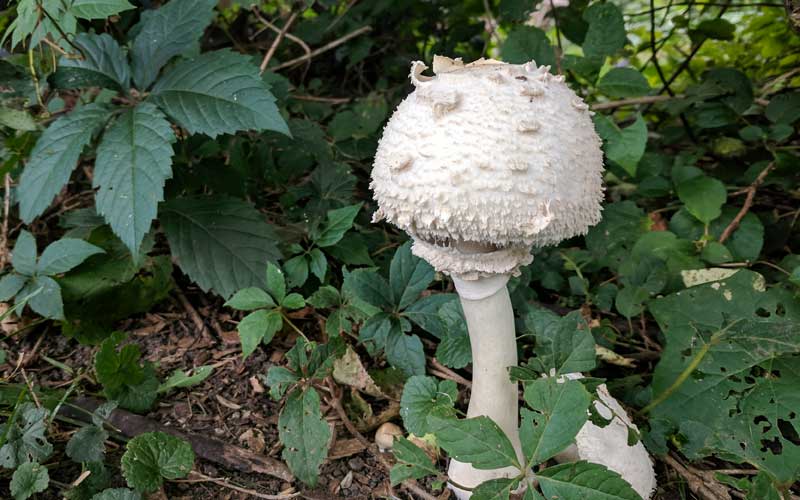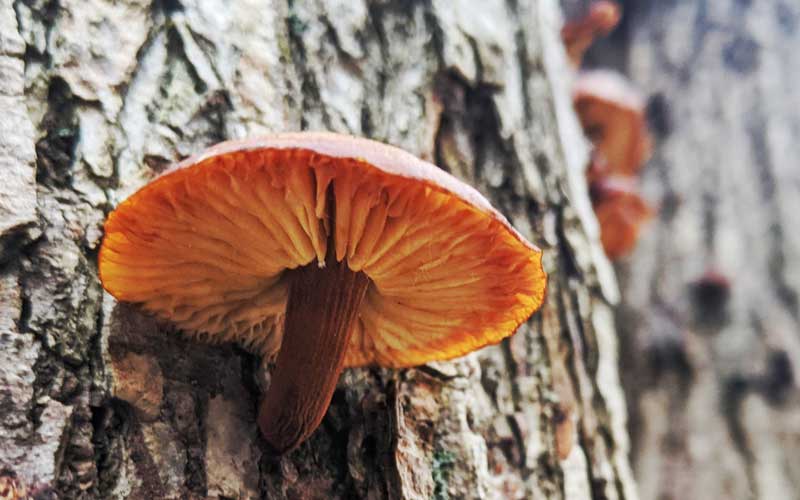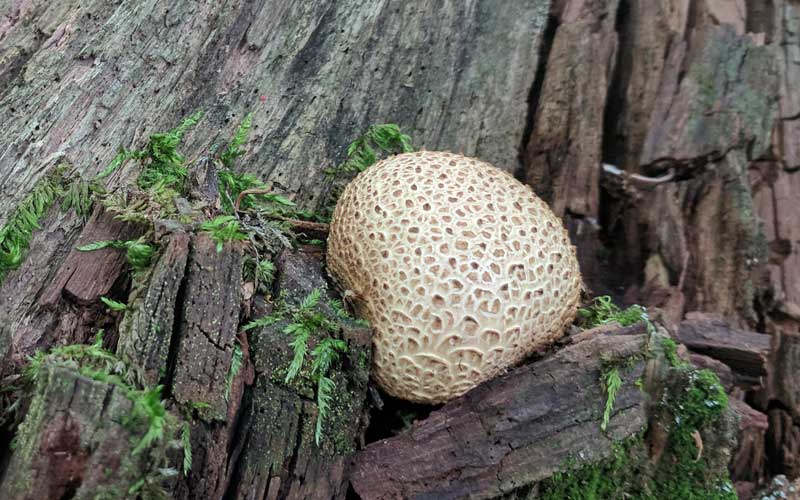- Home
- Mycelium Intro
- Mycoforestry
Mushrooms and mycoforestry – The magical relationships between trees and fungi.
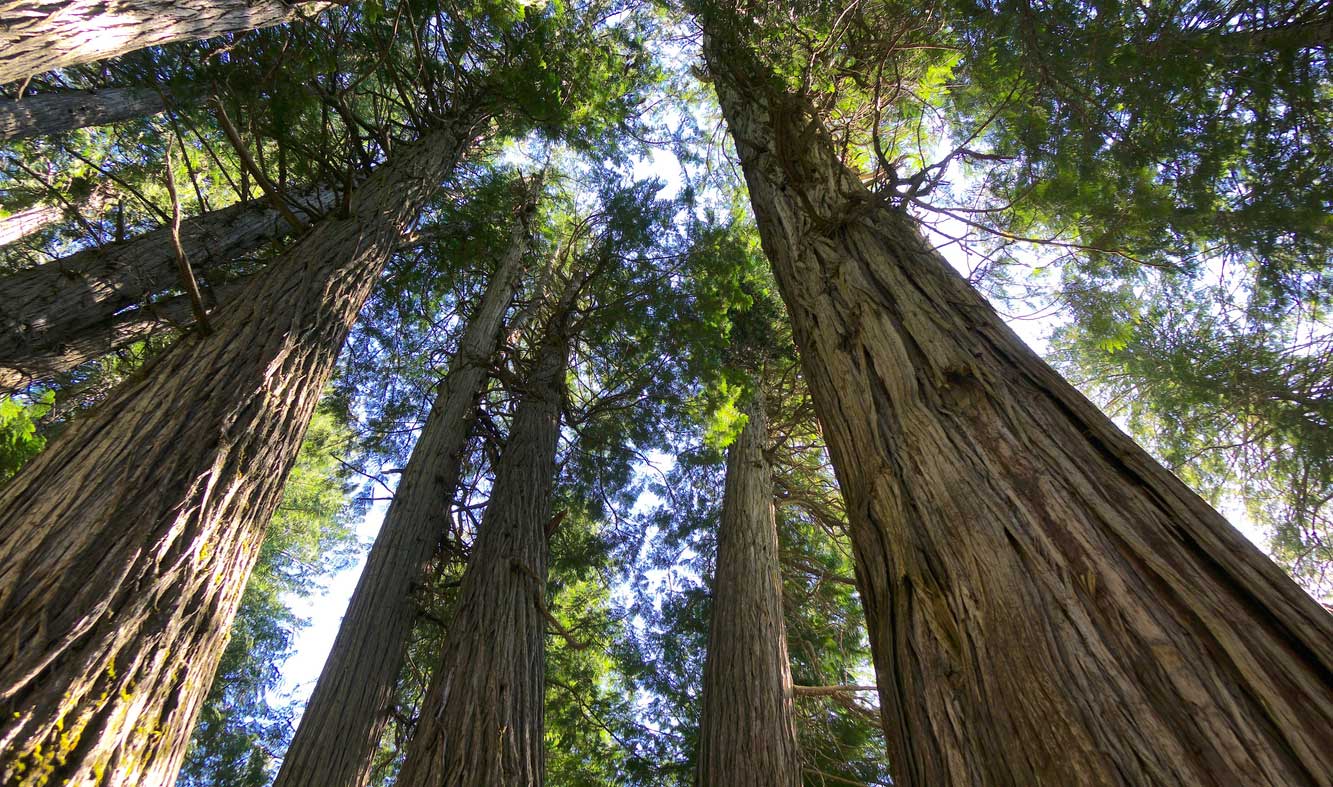
Mushrooms fall into a special category — not plant, and not animal. Perhaps it’s not surprising then, that mushrooms can do some unexpected things.
Like how they act as a doctor to trees and plants within an ecosystem.
For example, if there is a patch of forest that is being damaged by certain kinds of bacteria, mushrooms that feed on that type of bacteria can clean it from the soil, helping the trees and other plants in that area to recover.
The benefits that trees receive from mushrooms stem from the mycelium, the underground network of thin fungal threads that mushrooms fruit from.
In fact, around 90% of plants exist within a mutually beneficial relationship with a mycelium network of one kind or another. And the benefits that fungi provide to plants can be impressive and more than a little surprising.
Mushroom mycelium help saplings take root.
Suzanne Simard of the University of British Columbia in Vancouver, Canada has found evidence that trees — even separate species of trees — share nutrients with small saplings. She looked at Douglas fir trees and paper birch trees, in particular.
In her studies, she found that trees connected to the same mycelial network share nutrients like phosphorus and nitrogen, and that cross species sharing was common. How the nutrients get distributed seems to vary based on what the trees have access to (have they been fertilized?) or what there’s a shortage of (is shade inhibiting their nutrient production?).
Simard came to believe that this sharing is especially helpful to young trees, and that many might not survive without the nutrient transfer made possible by mycelia.
Back in 2016 she gave a remarkable TED talk about her work. It has since been viewed over 4.8 million times.
2021 saw a more in-depth look at her findings with the publication of her book, Finding the Mother Tree: Discovering the Wisdom of the Forest.
Mycorrhizal fungi prime a tree’s defenses.
Just the act of the mycelium network connecting to the root system of a tree is beneficial.
When mycorrhizal mycelium colonizes a root system, it triggers a defense reaction in the plant — even if the relationship between the mycelium and plant is symbiotic. The defense reaction prepares the plant’s immune system to better fight off other invaders.
Research shows that a symbiotic relationship with mycelia can help a plant fend off pathogens, parasites, and event insects.
Using mycelial networks to improve soil health in woods, and forests.
Whatever the size of the wood or forest, fungi can help improve the health of the soil and provide support to the trees.
Some mushrooms like Shiitakes, Oysters, and Reishi are very good at breaking down and decomposing organic matter. The mycelium associated with these mushrooms break down dead plants into carbon, hydrogen, nitrogen, and phosphorus that can be used by living plants.
In short, they help to enrich the soil and keep it healthy.
Mycorrhizal fungi colonize the root systems of trees and plants while growing out into the soil in all directions. The trees give the fungi sugars and, in return, the fungi extend the reach of the trees' roots by 100,000 times!
That gives the trees greater access to the resources they need to thrive.
Forest managers can work local fungi into the soil of ailing forests or reforestation projects. The fungi go to work colonizing root structures, creating communication networks, providing greater access to nutrients, improving plant immune systems… and just generally improving the health of the forest.
Using mycoforestry to restore health and biodiversity to ecosystems.
Habitat loss and the loss of biodiversity in the face of human activity can be effectively combatted through mycoforestry efforts that use mycorrhizal fungi to enhance and support forest recovery.
By introducing local mycorrhizal fungi into the root systems of young trees soon after or even before they’re planted, reforestation efforts are greatly enhanced. Biodiversity and forest recovery can be served even more by introducing mushroom species that attract insects that serve as food for local fish and birds.
In Paul Stamets’s book, Mycelium Running, he details his own experiments with mycoforestry. Clear cutting a forest is hard on the surrounding area, not just the trees that are cut down. There’s a sudden loss of carbon and nutrients when so many trees are cut and removed at once.
Stamets bought land that had been previously clear cut to demonstrate the effectiveness of mycoforestry strategies. This is a 100-year experiment that is still underway. Stamets planted four test plots of trees, a mix of cedar and Douglas fir. Half of the trees’ root balls were dipped into a mycorrhizae-rich solution before planting. The others received no such treatment.
In each of the groups, half the trees had four gallons of wood chips spread around their basis. The wood chips help cool the soil and retain moisture, and also provide nutrients to fungi.
After ten months of growth, the saplings that had been dipped in mycorrhizae were eight percent taller and seven percent thicker than their counterparts.
Trees that grow in concert with mycelium networks simply grow faster and healthier. This understanding can help us to restore damaged forests and clear cut areas. It can also help forests be more resistant to forest fires and pests.
These same strategies can be used on a smaller scaler to grow healthy biodiverse green spaces within urban areas… or even your own backyard.
Fungi to the rescue!
Related Topics:
Using fungi to combat and prevent algae blooms.
Algae blooms harm aquatic life and local economies. Fungi might hold the key to preventing them through mycorestoration. Find out how...
Could plastic-eating mushrooms save our oceans?
Our oceans are choked with plastics. Mycoremediation projects using plastic-eating mushrooms could help solve the problem. Full article...
Fungi’s Growing Role in Sustainable Agriculture.
Industrial agriculture comes at a cost. Fortunately, fungi can help create a more sustainable agricultural future. Read the full article...
Mycelium is the secret ingredient in healthy garden soil.
Mycelium holds everything together in the soil of a healthy garden. Without the mycelium, the health of all your plants and trees will suffer. More here...
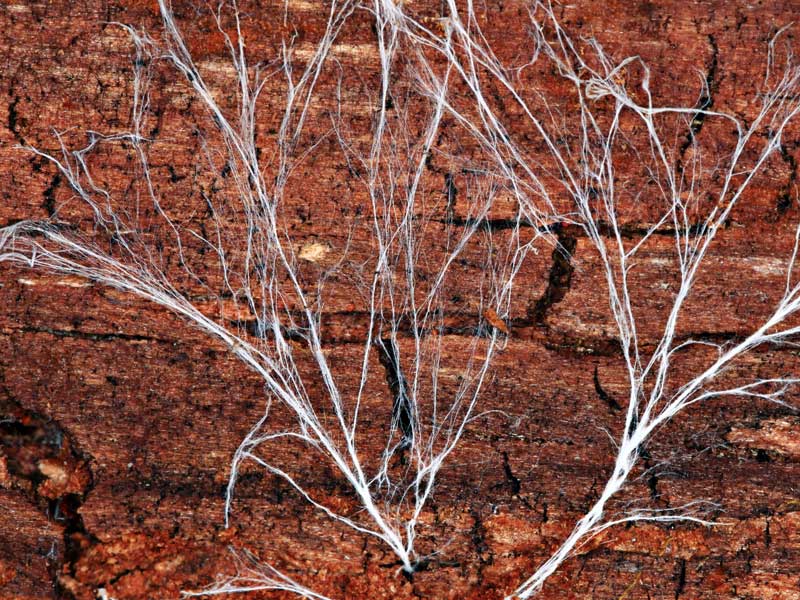
Mycelium… the underground network that connects and supports all life.
Mycelium is the miracle beneath our feet. It’s the root system of the mushrooms we see above ground, and a whole lot more. Read the full article...
Mycoremediation can help clean up large areas of polluted land and waters.
Mycoremediation is the use of fungal mycelium to help clean up oil spills, toxic soil at old industrial sites, and polluted waterways. Read the full article...
4 Ways mushroom mycelium challenges our definitions of intelligence.
As humans we like to believe only our species is intelligent. Research into fungal mycelium is now challenging that assumption. Read the full article...
